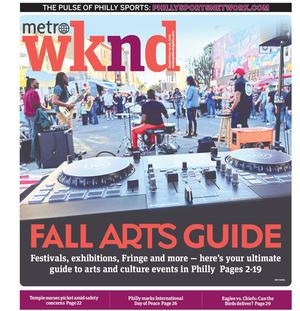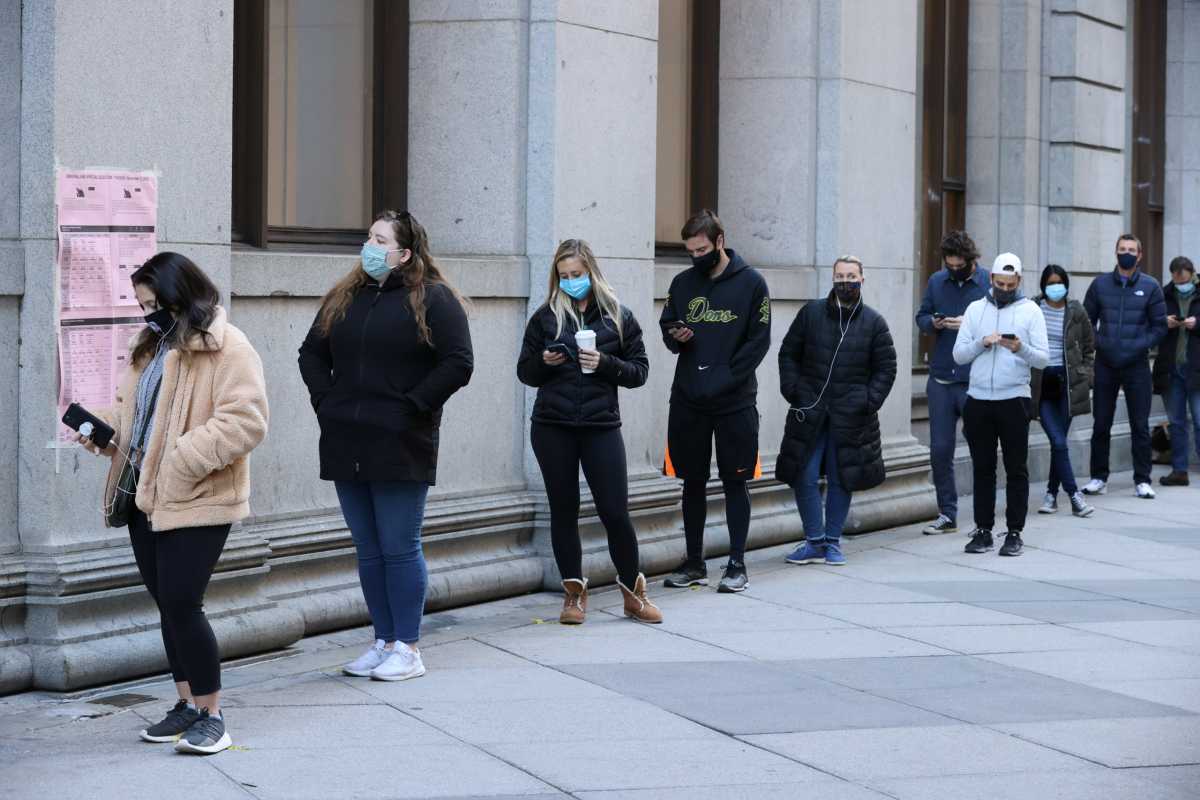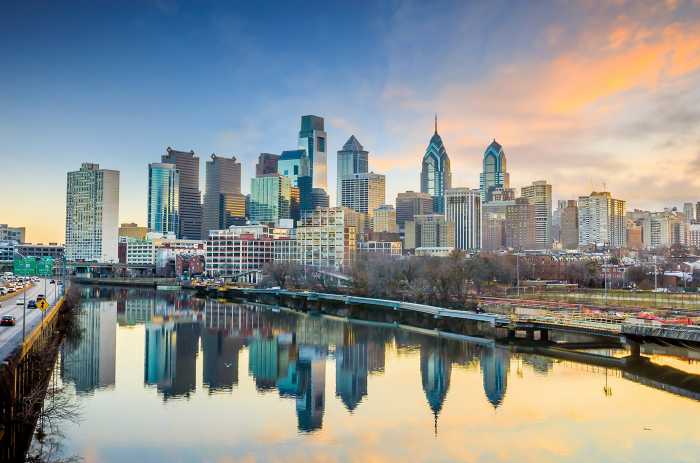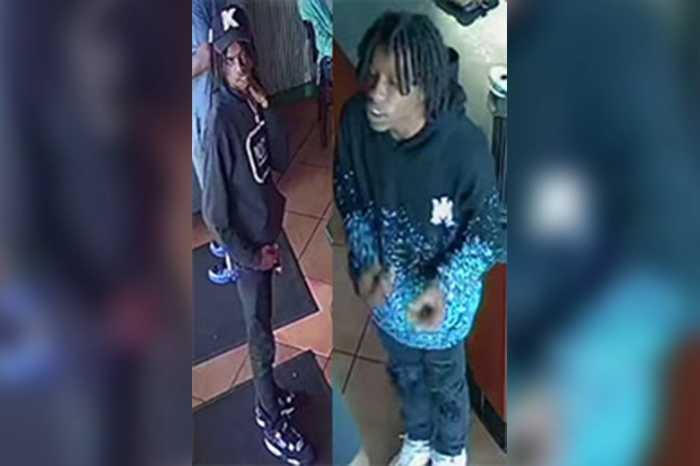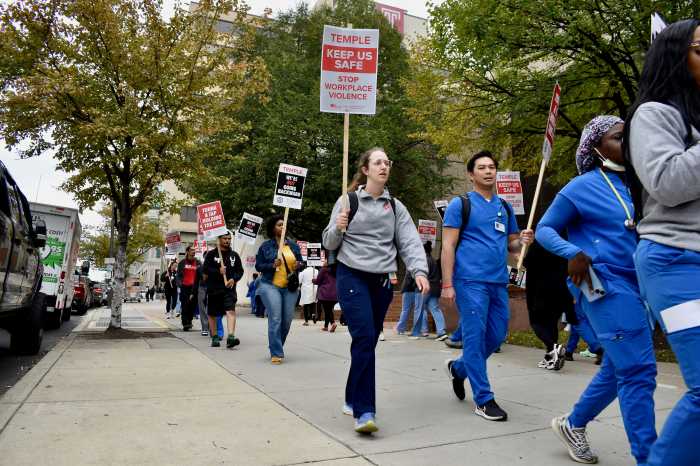By Trevor Hunnicutt and John Whitesides
Americans headed to the polls on Tuesday to choose either incumbent Donald Trump or challenger Joe Biden as their next president, after a tumultuous four years under the businessman-turned-politician that have left the country as deeply divided as at any time in recent history.
Biden, the Democratic former vice president and a career politician, has had a strong and consistent lead in national polls.
But the Republican Trump is close in enough swing states to possibly piece together the 270 state-by-state Electoral College votes needed to hold on to the presidency, which he won in a surprise 2016 election result despite losing the popular vote to Democrat Hillary Clinton by nearly 3 million ballots.
However, it may be days before the result is known, especially if legal challenges focused on postal ballots are accepted in the event of a tight race.
There is also fear about possible unrest. Several cities are boarding up buildings in anticipation of possible protests, including around the White House and in New York City.
Polls opened in some Eastern states at 6 a.m. EST. The most closely watched results will start to trickle in after 7 p.m. EST when polls close in states such as Georgia, though definitive national results could take days if the contest is tight.
The voting caps a campaign dominated by the coronavirus pandemic that has killed more than 231,000 people in the United States and put millions out of work. The country has also been shaken by nationwide protests over racial injustice against Black Americans.
Biden, who has framed the contest as a referendum on Trump’s handling of the virus, promised a renewed effort to combat the health crisis, fix the economy and bridge America’s political divide.
More than 99 million Americans have already voted early either in person or by mail, motivated not only by concerns about waiting in line on Election Day amid the pandemic but also by extraordinary levels of enthusiasm after such a polarizing campaign.
The record-shattering total is already more than 70% of the total 2016 vote, according to the U.S. Elections Project at the University of Florida. Experts predict the vote could reach 160 million, far exceeding the 138 million ballots cast four years ago.
At the Chavis Community Center in southeast Raleigh, North Carolina, lines were short in the hour after polls opened; volunteers and voters speculated that the massive early vote and worries about COVID-19 had thinned the crowd.
Eric Blakeslee, 47, of Raleigh, who works in information technology, said he voted in person on Tuesday because he was concerned that Republican challenges to mail-in ballots might mean an absentee vote could be invalidated.
“I was really worried about my vote counting,” said Blakeslee, who voted for Biden to end what he called four years of “crazy days.”
The election has already prompted a wave of litigation over whether to adjust voting rules in light of the COVID-19 pandemic. On Monday, a federal judge in Texas rejected a Republican bid to throw out about 127,000 votes already cast at drive-through voting sites in the Democratic-leaning Houston area.
Trump has questioned the integrity of the election results for months, making unsubstantiated claims that mail-in voting is rife with fraud and refusing to commit to a peaceful transfer of power if he loses.
Trump has also said votes should only be counted through election night, even though many states often take days or weeks to tally ballots.
CONTROL OF CONGRESS AT STAKE
Voters on Tuesday will also decide which political party will control the U.S. Congress for the next two years, with Democrats pushing to recapture a Senate majority and expected to retain their control of the House of Representatives.
Trump, 74, is seeking another four years in office after a tumultuous first term marked by the coronavirus crisis, an economy battered by pandemic shutdowns, an impeachment drama, inquiries into Russian election interference, U.S. racial tensions and contentious immigration policies.
Trump held five campaign rallies in four states on Monday, returning to Washington at 2:35 a.m. Eastern time on Tuesday. Trump was expected spend most of Tuesday at the White House, where an election night party is planned for 400 guests, all of whom will be tested for COVID-19.
Appearing on Fox News on Tuesday morning, Trump said the crowds he saw on Monday gave him confidence that he would prevail.
“We have crowds that nobody’s ever had before,” said Trump, who has been criticized by Democrats for holding huge rallies in defiance of the pandemic. “I think that translates into a lot of votes.”
Biden, 77, is looking to win the presidency after a political career spanning five decades including eight years as vice president under Trump’s Democratic predecessor, Barack Obama. He mounted unsuccessful bids for the Democratic presidential nomination in 1988 and 2008.
Biden spent his last full day of campaigning in the swing states of Ohio and Pennsylvania, and was expected to spend Election Day in Scranton, Pennsylvania, his childhood home, and Philadelphia.
He started his day at St. Joseph on the Brandywine, his Roman Catholic church near Wilmington, Delaware, where he spent some time at his son Beau’s grave with Beau’s daughter, Natalie. Beau died of cancer at age 46 in 2015.
The two candidates have focused on about a dozen competitive state battlegrounds, nearly all states that Trump won in 2016.
Much of their attention has gone to Florida, with 29 electoral votes. The state is seen as the biggest must-win for Trump, as a loss there would block most of the president’s viable paths to winning the Electoral College.
Results in Florida, where mail-in ballots can be counted before Election Day, are expected to begin to come in relatively quickly on Tuesday night.
But Pennsylvania, Michigan and Wisconsin will not begin counting the vast majority of mail ballots until Election Day, raising the possibility of a prolonged vote count that could stretch for several days.
— Reuters
